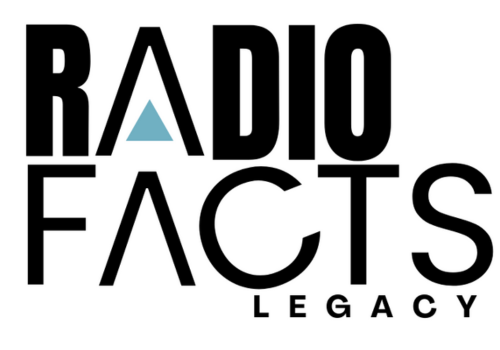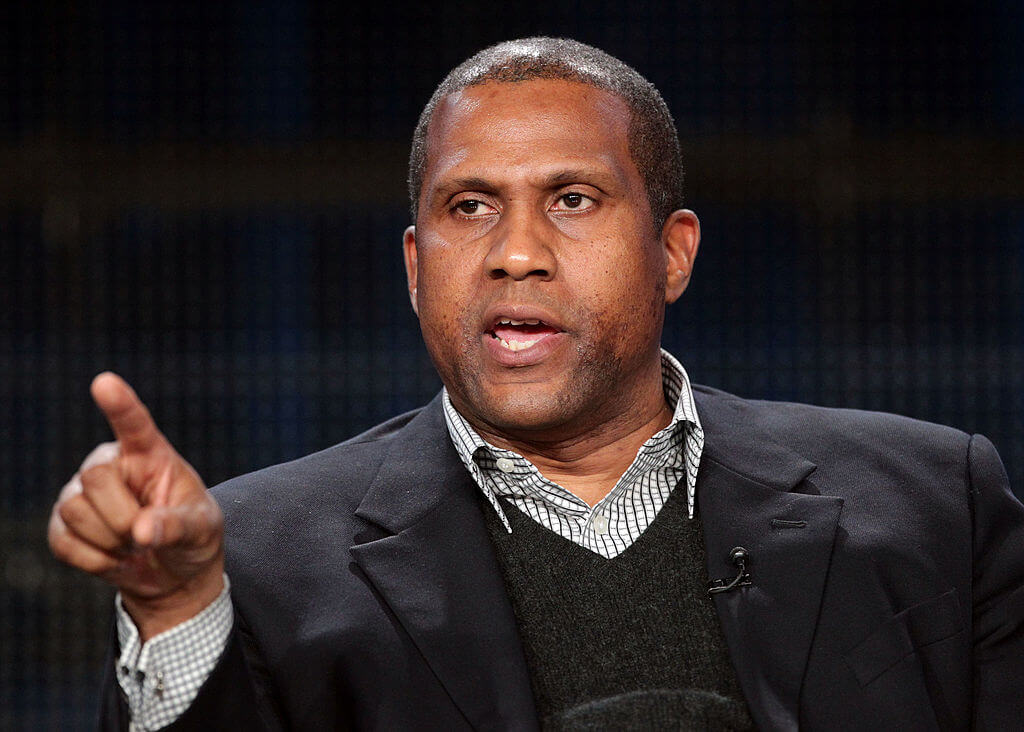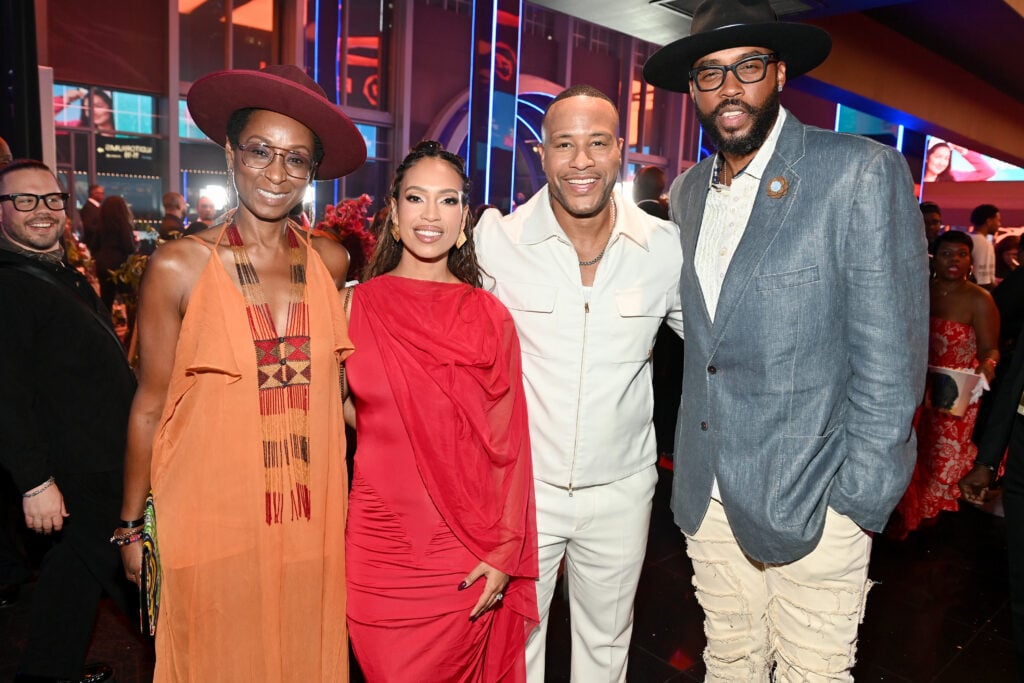A recent public debate at a university in Washington sparked significant controversy when black students expressed support for racially segregated dormitories.

The conversation, led by conservative commentator Charlie Kirk, highlighted deep divisions over issues of race and critical race theory (CRT) in contemporary America.
The Debate on Black-Only Dormitories
The discussion began with a question about black-only dormitories in a public school in Washington. One student admitted would prefer to live in a black-only dormitory, citing difficulties in fitting in with white peers. This statement triggered a broader debate about racial segregation in education.
Critical Race Theory: An Overview
Critical race theory (CRT) was a central topic. CRT examines how racial tension is embedded in societal structures. The student panelist argued that CRT is essential for understanding and interacting with diverse racial groups. However, Kirk countered that CRT perpetuates racial division by emphasizing skin color over individual character.
Historical Context and Modern Implications
Kirk and the students delved into the history of racial segregation in education. The discussion referenced Columbia University’s black-only graduation ceremonies and the recent resurgence of racially segregated spaces in some schools. Kirk equated these practices with historical segregation, asserting that they are inherently racist.
Opposing Views on Racial Segregation
The debate intensified when Kirk asked if white-only dormitories would be acceptable. The students generally opposed this idea but seemed more lenient towards black-only spaces, arguing that these provide a safe haven for minority students. Kirk emphasized the need for a society that values character over skin color, arguing that any form of segregation is counterproductive.
Real-Life Experiences of Racism
One student shared her personal experiences of racism at the university, expressing frustration over the dismissal of CRT. She argued that CRT provides crucial tools for navigating a predominantly white institution. Kirk responded by acknowledging her experiences but reiterated his belief that focusing on skin color perpetuates division.
Critical Race Theory in Education
The conversation shifted to practical examples of CRT in schools. Kirk cited an instance in Atlanta where black and white sixth graders were placed in separate classrooms, questioning the morality of such practices. He argued that CRT leads to unnecessary racial segregation, which the students found debatable.
Racism in Modern America
Kirk claimed that America is the least racist country in history, suggesting that the perceived prevalence of racism is exaggerated. He criticized corporate and academic institutions for promoting anti-white sentiments, arguing that this creates unnecessary racial tension. The students, however, maintained that racism remains a significant issue that cannot be ignored.
The Role of Academia and Corporate America
Kirk’s critique extended to the role of academia and corporate America in perpetuating CRT. He mentioned companies like Coca-Cola and AT&T, which have implemented training programs to address whiteness. Kirk argued that these initiatives fuel racial division rather than promoting unity.
Conclusion
The debate at the Washington university underscored the complexity of discussing race and education in America. While the students emphasized the need for safe spaces and CRT to address ongoing racism, Kirk advocated for a colorblind approach that prioritizes character over race. This clash of perspectives reflects the broader national debate on how to best achieve racial equality.





